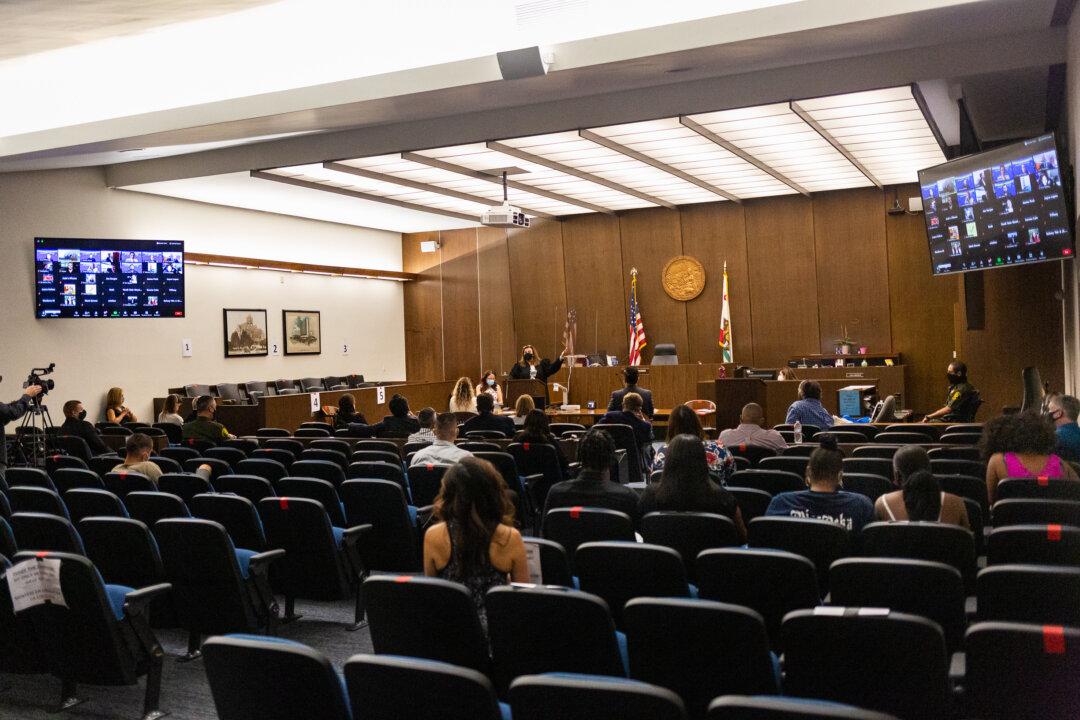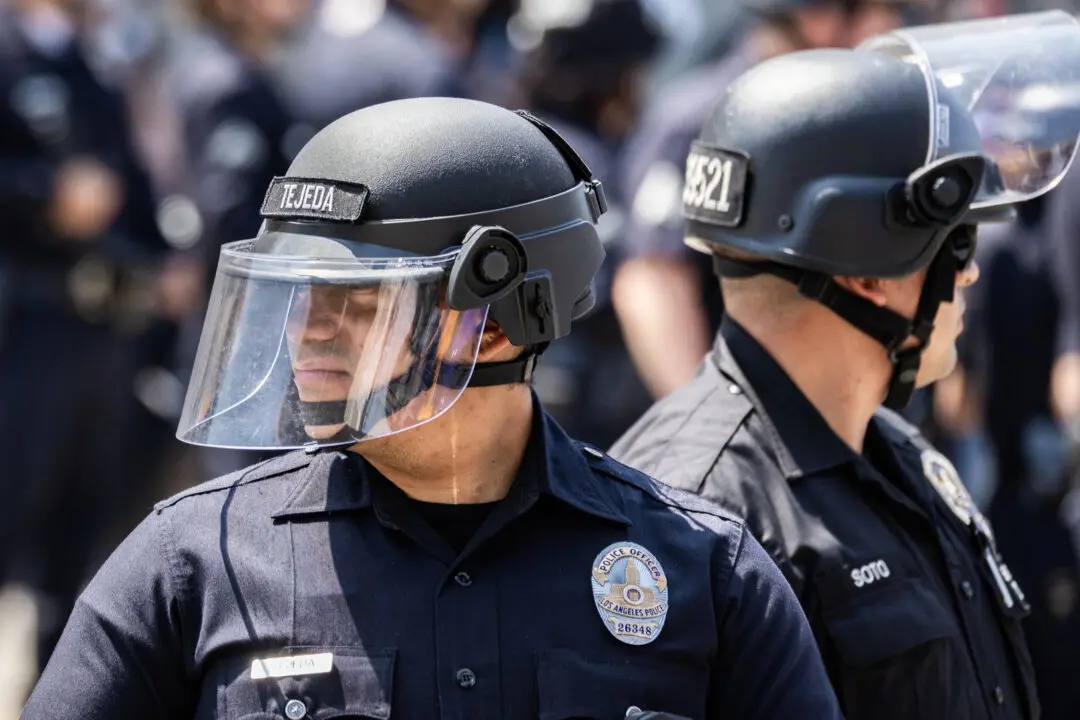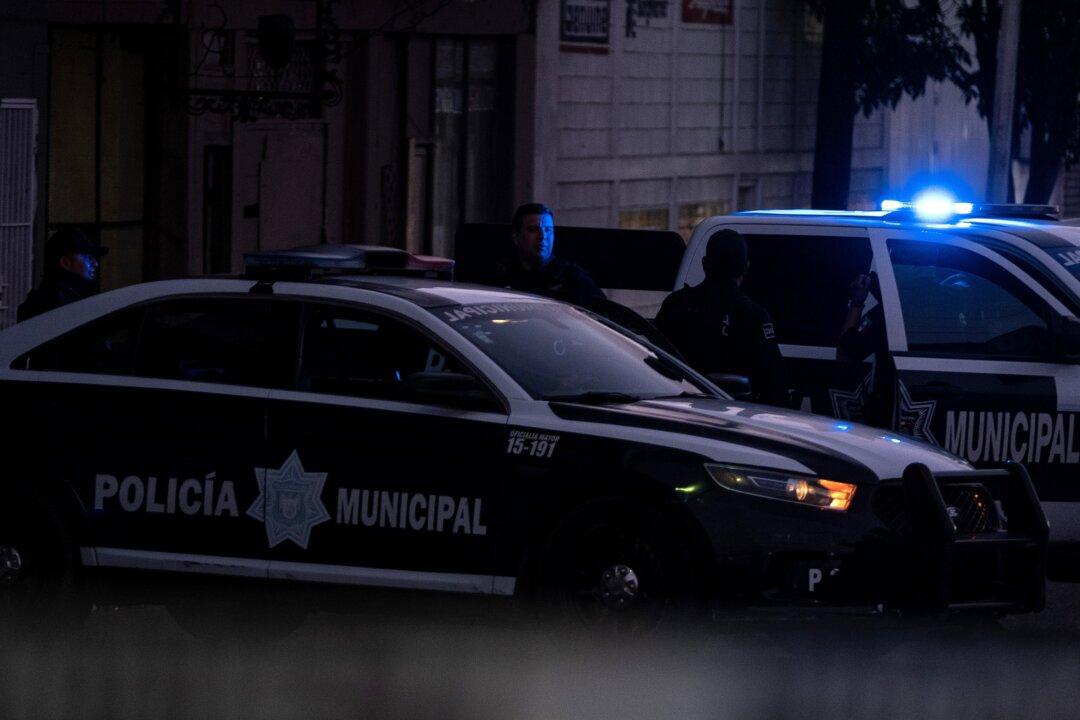SANTA ANA, Calif.—Three “foot soldiers” of the Orange County chapter of the Mexican Mafia were convicted Oct. 13 of killing a Costa Mesa-based drug dealer in the city of Orange allegedly at the behest of the reputed leader of the umbrella group for the local gangs.
Kevin Trejo, James Mendez, and Mike Escobar were the first to go on trial in the Operation Night Owl racketeering indictment in April of last year that sought to take down the local Mexican Mafia and its reputed leader, Johnny Martinez. He emerged from a violent internal struggle that ensued when federal prosecutors twice convicted its prior leader, Peter Ojeda, who died in prison in 2018 while serving a 15-year sentence.





